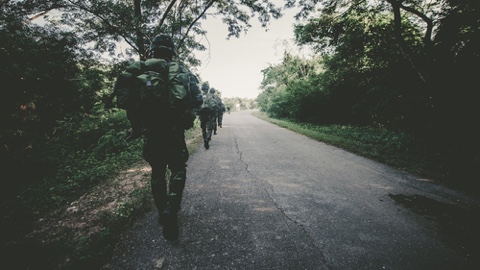
Biometric identification usually relies on fingerprint and facial recognition authentication methods, but The Defense Information Systems Agency (DISA) states that those methods can be difficult to use in the field. In an attempt to solve this problem, DISA is working to develop a suite of seven multi-factor authentication tools that would include a user’s gait or manner of walking. The seven factors include GPS location, voice recognition, facial recognition, device orientation, trusted peripherals and trusted networks, as well as gait. A gait test basically measures and records the way you walk and then compares it against stored information and has been dubbed “impossible to counterfeit”. The information would be accessible on modified mobile devices.
DISA has worked with biometric companies on the new authentication methods. Outgoing DISA Director Lt. Gen. Alan Lynn said, “What we are building is something that I think could easily transition to the commercial side. Because your identity is out there. You see all of these commercial guys perform with pieces or parts of it. If we could pull it all together so it’s kind of a platform and it’s informed by all the work we do with highly classified folks to really harden it, it’s kind of a win-win.”
DISA is also working on a system to authenticate the identity of mobile users through their so-called patterns of life – such as how fast they walk to work or locations they routinely visit.
“We’re looking to prototype a specific type of technology as we go forward here, and … we’re trying to do it in a fairly rapid fashion. So in the next 12 months, I think you’re going see that technology really evolve,” stated Jeremy Corey, DISA’s assured identity program manager.
